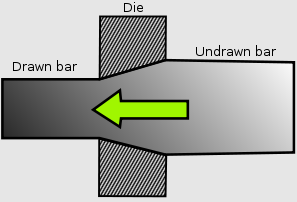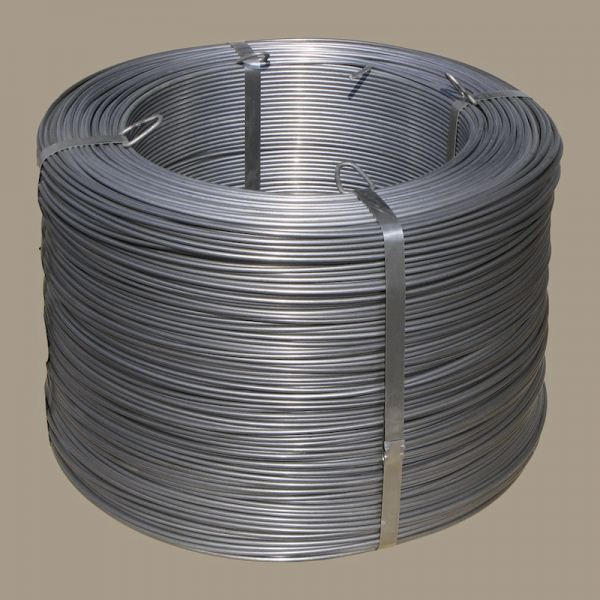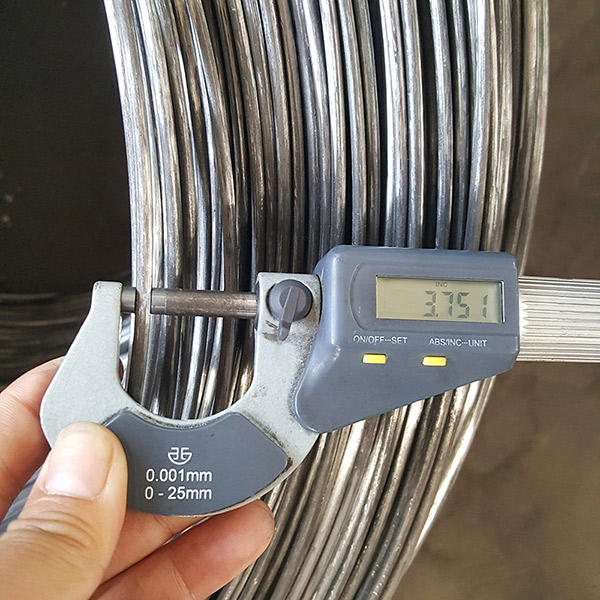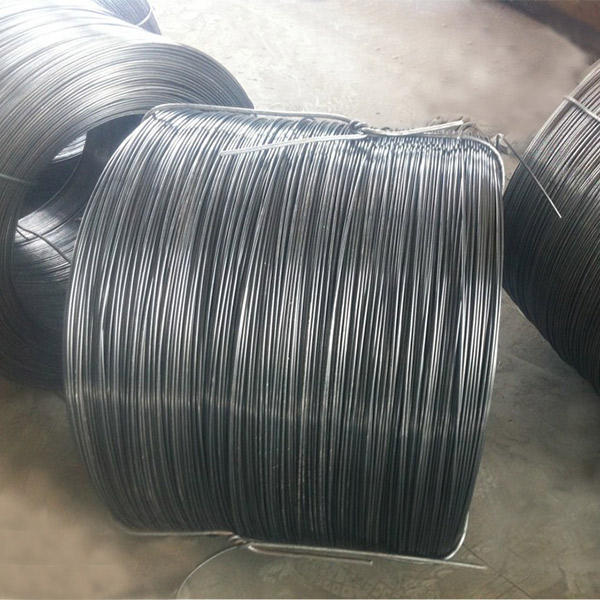KHOOMTaw qhia
COLD DRAWN STEEL bar
Cold drawn steel can be found in many consumer products that we use on a daily basis, as it has the physical and appealing characteristics that make it useful for many products. We’ve answered some common questions asked when it comes to cold drawn steel, also known as cold finished steel.
Cold Drawn Steel yog dab tsi?
Cov hlau uas tau kos hla dhau los ntawm kev tuag kom ua tiav cov duab xav tau yog hu ua kos hlau. Cov tuag siv cov txheej txheem ntawm kev kub ntxhov nrog kev pab ntawm lub tshuab xovxwm, thiab cov hlau pib cov khoom feem ntau yuav tsum tau dhau los ntawm kev tuag los yog cov tuag ntau tshaj ib zaug. Txias yog hais txog cov hlau kos uas tau tsim nyob rau hauv chav tsev kub, uas yuav tsum tau ntxiv siab los tsim cov hlau, tab sis muab cov hlau ntxiv zoo thiab pom kev zoo nkauj.

What’s the Cold Drawn Steel Process?
Initially, a steel manufacturer starts with a starting stock of steel product – either hot rolled straight bars or hot rolled steel coils - that is brought down to room temperature. Regardless if the end product is bar, tube or wire, the undrawn steel product is drawn through a die, which stretches the starting stock into the desired shape and size. This is done with the help of a grip that attaches to the steel stock and pulls the steel through the die. To the naked eye, the steel does not change much in shape through a single pass through the die, and usually takes multiple passes before it takes on the desired end shape.
Cov no yog cov txiaj ntsig ntawm Cold Drawn Steel Hlau
· More accurate dimensional size tolerances.
· Increased Mechanical Properties, higher yield strengths, tensile strength and hardness.
· Improved Surface Finish, reduces surface machining and improves quality.
· Allows for higher machining feed rates.
· Superior Formability, responds better to spheroidization
· Maximizes machinability, thereby reducing yield loss.








